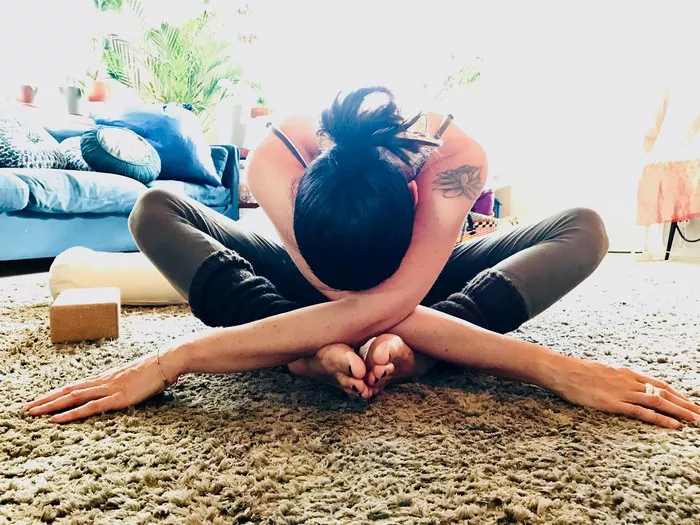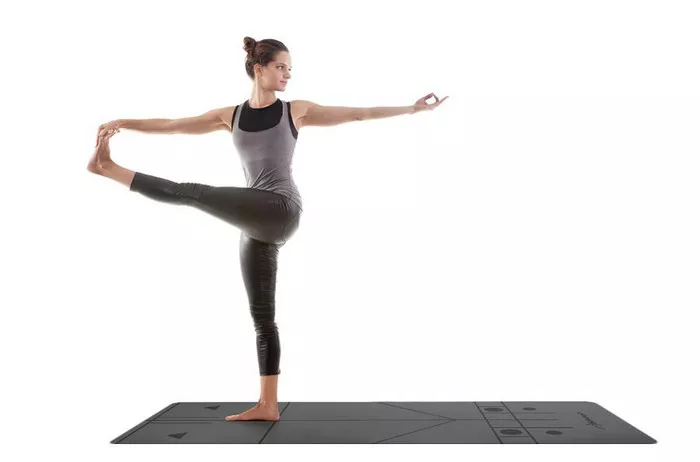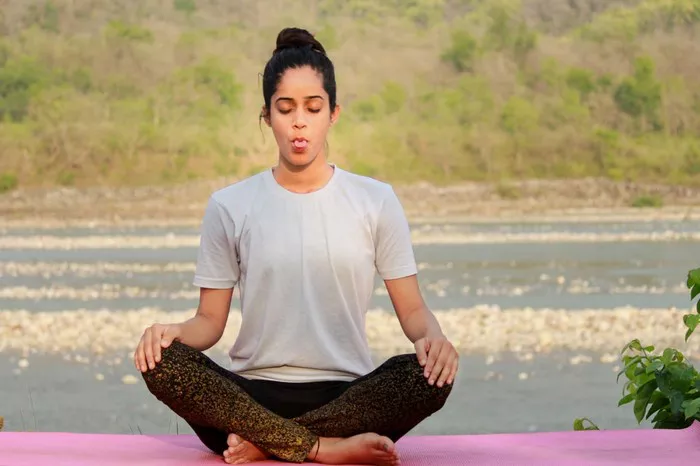High blood pressure, or hypertension, is a prevalent health concern affecting millions of people worldwide. While medical intervention and lifestyle changes are typically recommended for managing this condition, complementary practices such as yoga have gained attention for their potential benefits. However, not all yoga practices are created equal when it comes to addressing high blood pressure. In this article, we delve into the nuances of various yoga styles and offer insights into which practices may be most effective for individuals with hypertension.
Understanding High Blood Pressure and its Implications
Before delving into the specifics of yoga practices, it’s essential to understand the significance of high blood pressure and its impact on overall health. Hypertension occurs when the force of blood against the artery walls is consistently too high, putting strain on the heart and blood vessels. Over time, uncontrolled high blood pressure can lead to serious complications, including heart disease, stroke, kidney damage, and more.
Given the potential consequences of untreated hypertension, it’s crucial for individuals with high blood pressure to adopt lifestyle modifications that can help manage their condition. Alongside dietary changes, medication, and regular medical check-ups, incorporating stress-reducing practices such as yoga can play a valuable role in blood pressure management.
The Role of Yoga in Blood Pressure Management
Yoga is an ancient practice originating in India that encompasses various physical postures, breathing exercises, meditation, and relaxation techniques. It is well-regarded for its holistic approach to health and well-being, addressing not only the physical body but also the mind and spirit. Research suggests that yoga may have beneficial effects on blood pressure by reducing stress, promoting relaxation, improving circulation, and enhancing overall cardiovascular health.
However, not all yoga practices are equally effective for managing high blood pressure. Different styles of yoga vary in intensity, focus, and approach, making some more suitable than others for individuals with hypertension. Let’s explore some of the most popular yoga styles and their potential impact on blood pressure management.
Hatha Yoga: Gentle and Therapeutic
Hatha yoga is a broad term that encompasses many traditional yoga practices. It focuses on physical postures (asanas) and breathing techniques (pranayama) to bring balance to the body and mind. Hatha yoga classes typically move at a slower pace, allowing practitioners to focus on proper alignment and breath awareness.
For individuals with high blood pressure, hatha yoga can be an excellent choice due to its gentle and therapeutic nature. The emphasis on relaxation, mindful movement, and controlled breathing can help reduce stress levels and promote a sense of calm. Poses such as child’s pose (Balasana), corpse pose (Savasana), and gentle seated twists can be particularly beneficial for promoting relaxation and releasing tension in the body.
Restorative Yoga: Deep Relaxation and Stress Reduction
Restorative yoga is a deeply relaxing practice that involves holding supported poses for extended periods, often with the aid of props such as blankets, bolsters, and blocks. The primary focus of restorative yoga is to induce a state of deep relaxation, allowing the body and mind to unwind and release tension.
For individuals with high blood pressure, restorative yoga can be highly beneficial for stress reduction and relaxation. By activating the parasympathetic nervous system, which is responsible for the body’s rest and digest response, restorative yoga helps lower heart rate, blood pressure, and cortisol levels. Poses such as supported forward folds, gentle backbends, and legs-up-the-wall pose (Viparita Karani) can promote circulation and relaxation, making them ideal for managing hypertension.
Yin Yoga: Slow and Mindful Stretching
Yin yoga is a slow-paced practice that involves holding passive poses for an extended period, typically ranging from one to five minutes or more. Unlike more dynamic forms of yoga, which focus on muscle engagement and active movement, yin yoga targets the connective tissues, such as ligaments, tendons, and fascia, through gentle stretching and traction.
For individuals with high blood pressure, yin yoga offers an opportunity to cultivate mindfulness, patience, and introspection while gently stretching and releasing tension in the body. By holding poses for an extended duration, practitioners can access deeper layers of tension and promote relaxation in both the body and mind. Poses such as seated forward fold (Paschimottanasana), dragon pose (Yin variation of low lunge), and butterfly pose (Baddha Konasana) can help release tightness in the hips, pelvis, and lower back, promoting overall relaxation and stress reduction.
Pranayama: Harnessing the Power of Breath
Pranayama, or yogic breathing techniques, are an integral aspect of yoga practice and can have profound effects on the body and mind. Various pranayama techniques, such as deep belly breathing, alternate nostril breathing (Nadi Shodhana), and calming breath (Sitali pranayama), can help regulate the autonomic nervous system, reduce stress, and promote relaxation.
For individuals with high blood pressure, incorporating pranayama techniques into their yoga practice can be particularly beneficial. Deep, diaphragmatic breathing stimulates the vagus nerve, which helps regulate heart rate and blood pressure, leading to a sense of calm and relaxation. Practicing pranayama regularly can also improve lung function, increase oxygenation of the blood, and enhance overall cardiovascular health.
Conclusion
Yoga offers a multitude of benefits for individuals with high blood pressure, ranging from stress reduction and relaxation to improved circulation and cardiovascular health. When selecting a yoga practice for managing hypertension, it’s essential to consider the specific needs and preferences of the individual. Gentle, therapeutic styles such as hatha yoga, restorative yoga, and yin yoga are well-suited for promoting relaxation and stress reduction, while incorporating pranayama techniques can further enhance the benefits of yoga practice for blood pressure management.

















